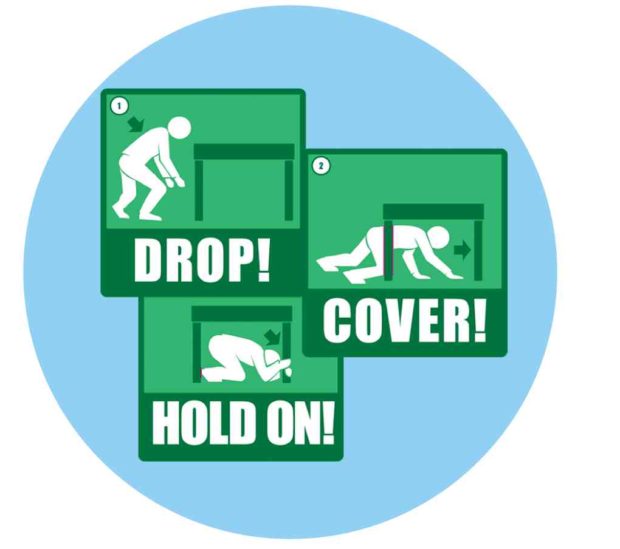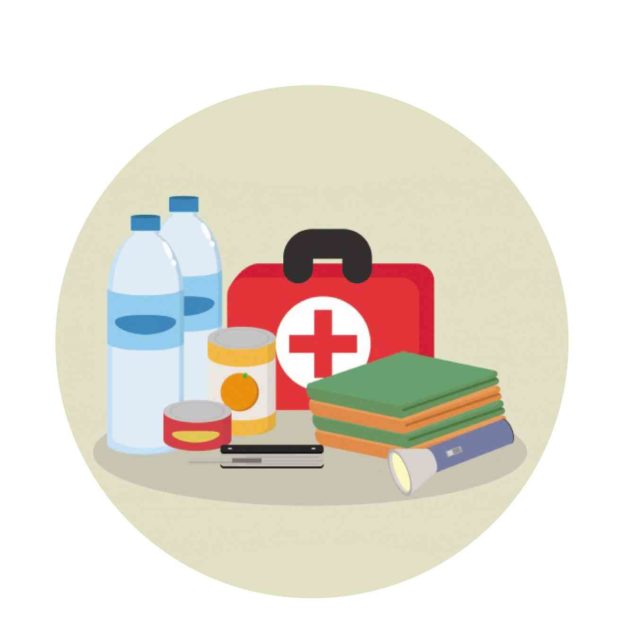Keeping homes safe from the ‘big one’
Strong quakes wreaked havoc in the southeastern side of Mindanao, the ruin and injury reminding us once more that our archipelago is laced with tectonic plates that can move at any point in time.
Disaster risk reduction experts would agree that, among natural disasters, earthquakes are the hardest to predict. In the Philippines, we keep discovering new fault lines as we expect some to move soon—but there would be no exact date or time.
Given all these, we can’t expect sirens to blare or announcers to prompt us to drop, cover and hold a few minutes before the ground starts shaking. We can’t expect government and humanitarian workers patrolling a day before disaster strikes and asking us to evacuate, as would happen when a typhoon strikes. People simply have to be prepared for an unscheduled visitor that leaves extensive damage in its wake.
There is just no stopping nor predicting an earthquake. The key is still to study the hazards, and intentionally act to avoid or minimize them. Property owners and managers should frame their action with vigilance and introduce changes to better prepare their structures for a shaking.
Here are some practical tips.
Examine structures regularly
Many of the buildings that crumble or catch fire during strong temblors are those that do not go through regular inspection. Make sure to check walls, roofs and ceilings and foundations for potential weak points in a scheduled manner. See if adding panels, braces and frames can reinforce damaged parts of the building, or if it is best that they undergo repairs.
Trust reputable builders
Some people unfortunately encounter builders with questionable construction practices. Unscrupulous builders looking to earn more shortchange property owners by using substandard, low-quality construction materials that may prove to be a hazard. It’s important to choose builders with a solid reputation for integrity and workmanship. Also, prefer those who specialize in disaster risk reduction.
Evaluate external elements that may damage property
No matter how safe the structure may be, weakness beyond its walls might wreck it anyway. Trees, light posts and power lines can fall onto the structure and damage it. Consider cutting branches off trees or cutting them down totally if they are old or leaning; make sure posts are sturdy enough or can be transferred to safer areas.
Fasten large equipment, furniture and appliances to sturdy structures
Heavy materials falling on people are a usual cause of injury and casualties during earthquakes. Bolt down your refrigerators and big stoves. Use fasteners to reinforce your wall hangings and shelves. Screw cabinets to the wall. Furthermore, when purchasing fixtures such as chandeliers and other decorations, learn to picture them during disasters and assess if they would help then.
Turn off utilities
After quakes, and only when you are sure the property won’t fall over your head and hasn’t caught fire, remember to turn off utilities such as water, gas and electricity. Inspect the lines for damages. When you are not sure about their integrity, do not turn them on until a professional has checked them.
As in any other disaster, a plan always allows for more certainty among the people in the property. When all the lines of communication are down, this would help people keep calm and centralize. Everyone should know the areas they should avoid during an earthquake, which routes they should take, where to evacuate and where you can eventually meet with your families and friends.
Yet another practice applicable in any disaster is a stash of essentials enough to last 72 hours. Include nonperishable food items, water, a first-aid kit, an emergency radio, a flashlight and extra batteries, whistles or any other devices that can help rescuers locate people. Needless to say, these emergency supplies have to be kept somewhere safe and accessible. Otherwise, they become a life hazard instead of the lifeline they are supposed to be.

Teach them to drop, cover and hold, look for a sturdy place to hide under, and keep calm so they can think rationally. After an earthquake, they should run to open areas and pass the time there for possible aftershocks.
All these can be better remembered better through drills and simulations; with regular orientations and refresher courses. Policies, no matter how good they may be, will be useless if nobody remembers them.


